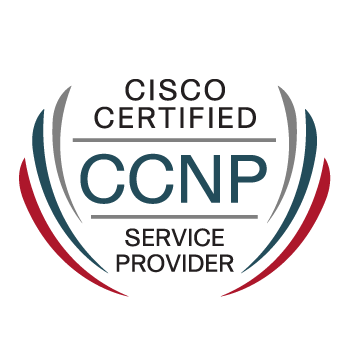- Cisco Community
- Technology and Support
- Networking
- Switching
- L3 equipment spanning tree or looping
- Subscribe to RSS Feed
- Mark Topic as New
- Mark Topic as Read
- Float this Topic for Current User
- Bookmark
- Subscribe
- Mute
- Printer Friendly Page
- Mark as New
- Bookmark
- Subscribe
- Mute
- Subscribe to RSS Feed
- Permalink
- Report Inappropriate Content
09-01-2021 01:33 AM - edited 09-01-2021 01:40 AM
hello, everyone
I have a question regarding spanning trees.
The 6500 chassis are all routed ports.
L2 is all switch ports.
1. It consists of full mesh at this time, but can spanning trees occur? or looping ?
2. And when the port where L2 and 6500 chassis are connected is a routed port,
Can looping occur when L2 equipment is a switch port except for the port connected to the 6500 chassis?
Solved! Go to Solution.
- Labels:
-
LAN Switching
-
Other Switches
Accepted Solutions
- Mark as New
- Bookmark
- Subscribe
- Mute
- Subscribe to RSS Feed
- Permalink
- Report Inappropriate Content
09-01-2021 07:18 AM
Hello @KDG_dhkd ,
STP is a protocol that prevents bridging loops.
Issues can arise if STP is disabled or in some special cases but usually STP works well.
if all links to / from Cat6500 are routed ports the only L2 link is the link between the two switches.
if a routed port connects to a L2 switchport the routed port will speak with the SVI associated to the VLAN the L2 port belongs to.
There is no risk of loop in this case as each C6500 is a routed port.
Hope to help
Giuseppe
- Mark as New
- Bookmark
- Subscribe
- Mute
- Subscribe to RSS Feed
- Permalink
- Report Inappropriate Content
09-01-2021 05:07 AM
If the mesh networks is Layer 3 configure, ther eis no Loops.
if they are Layer 2, you see Looops and STP Blocks it.
- Mark as New
- Bookmark
- Subscribe
- Mute
- Subscribe to RSS Feed
- Permalink
- Report Inappropriate Content
09-01-2021 10:58 PM
Thank you for your time.
- Mark as New
- Bookmark
- Subscribe
- Mute
- Subscribe to RSS Feed
- Permalink
- Report Inappropriate Content
09-01-2021 07:18 AM
Hello @KDG_dhkd ,
STP is a protocol that prevents bridging loops.
Issues can arise if STP is disabled or in some special cases but usually STP works well.
if all links to / from Cat6500 are routed ports the only L2 link is the link between the two switches.
if a routed port connects to a L2 switchport the routed port will speak with the SVI associated to the VLAN the L2 port belongs to.
There is no risk of loop in this case as each C6500 is a routed port.
Hope to help
Giuseppe
- Mark as New
- Bookmark
- Subscribe
- Mute
- Subscribe to RSS Feed
- Permalink
- Report Inappropriate Content
09-01-2021 10:59 PM
Thank you for your time.
the problem is solved.
- Mark as New
- Bookmark
- Subscribe
- Mute
- Subscribe to RSS Feed
- Permalink
- Report Inappropriate Content
09-01-2021 08:19 AM
For there to be a L2 loop, you need the "same" L2 domain to transit across ports and (generally) devices. Basically, you need to determine if a L2 frame can, somehow, transit some full loop, within your topology. If it cannot, a loop cannot form. If it can, you need something like STP to (logically) break a link somewhere within the loop. (BTW, on VLAN capable switches, STP might be used for all VLANs [common with many network vendors] or per-VLAN [generally what Cisco switches support].)
So, for example, you mention, "L2 is all switch ports.", but on a VLAN capable switch, are they the same L2 domain? (BTW, it's possible to interconnect switches using different VLANs on ports. Logically a L2 domain is a "shared/common wire".)
Routed interfaces are L3, and as such, they "break" L2 paths. I.e. they create different "shared/common wire" segments. (NB: normally, loops in L3 topologies are fine, although you can have "looping" within a L3 network. The latter, generally, is caused by the topology's routers not all having the same "view" of the topology.)
- Mark as New
- Bookmark
- Subscribe
- Mute
- Subscribe to RSS Feed
- Permalink
- Report Inappropriate Content
09-01-2021 10:59 PM
Thank you for your time.
the problem is solved.
- Mark as New
- Bookmark
- Subscribe
- Mute
- Subscribe to RSS Feed
- Permalink
- Report Inappropriate Content
09-01-2021 10:49 AM - edited 09-02-2021 03:27 AM
..
Discover and save your favorite ideas. Come back to expert answers, step-by-step guides, recent topics, and more.
New here? Get started with these tips. How to use Community New member guide


